Posted by Marco Graham on Oct 13th 2025
Organic Loose Leaf Tea
The Perfect Guide to Loose Leaf Teas: What It Is, Why It's Better, and Brewing a Splendid Cup
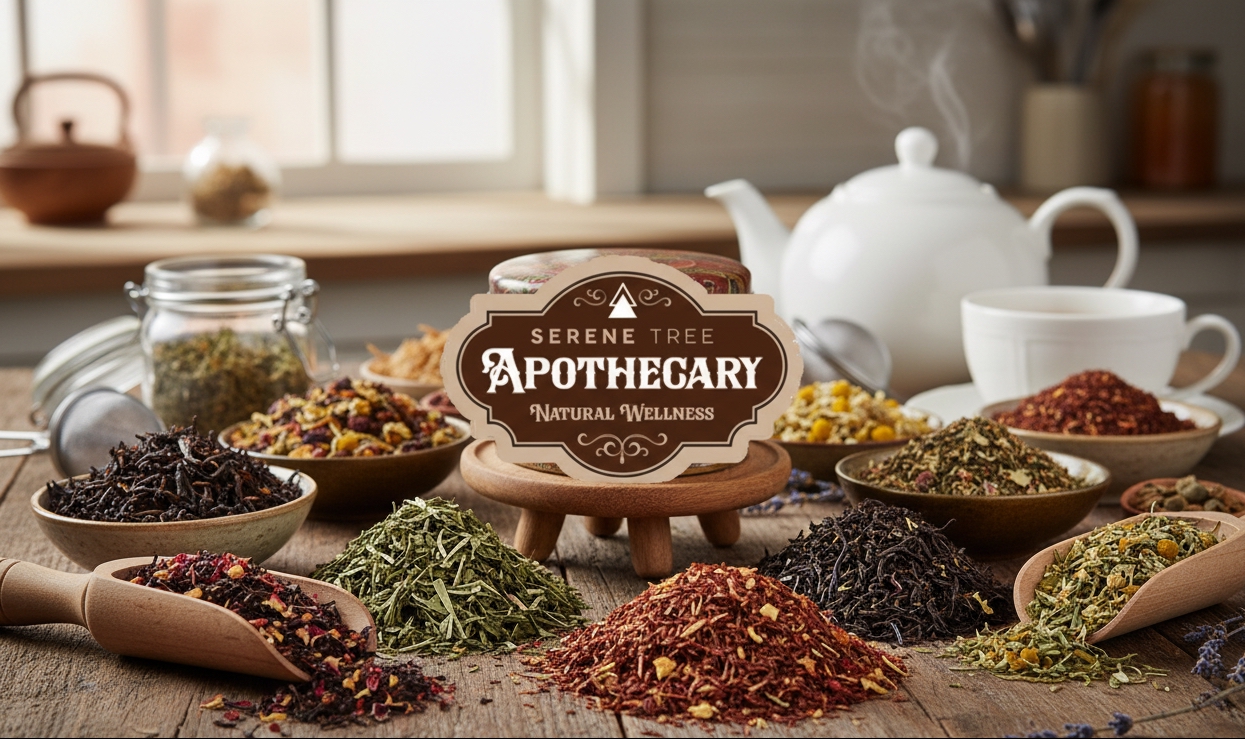
Are you interested in the world outside the tea bag? Delve into the rich, complex, and fulfilling experience of loose leaf tea. This guide will enlighten you on loose leaf tea, what it is, how it contrasts from bagged tea, and provides you with everything you need to start enjoying a truly superior cup.
What is Loose Leaf Tea?
Simply put, loose leaf tea is any tea that is not pre-portioned and sealed in a single-serving tea bag. Loose leaf tea is sold in a "bulk", usually purchased in a pouch or a tin, which allows the full leaves to unfurl, providing maximum flavor when steeped.
In essence, loose leaf tea is whole leaf tea, and most bagged tea contains smashed bits of tea.
Loose Leaf Tea vs. Bagged Tea: Superiority and Flavor
The biggest difference between loose leaf tea and bagged tea quite frankly is quality and flavor.
Loose Leaf Tea vs Tea Bags: The Real Difference
How does loose leaf tea compare to bagged tea? Here you go:
|
Feature |
Loose Leaf Tea |
Standard Tea Bags |
|
Tea Quality |
Whole leaves, premium quality |
Tea dust and fannings (low-grade) |
|
Flavor Profile |
Full-bodied, complex, & smooth |
Flat, bitter, one-dimensional |
|
Leaf Structure |
Unbroken leaves that fully unfurl |
Crushed particles |
|
Brewing Space |
Room to expand |
Confined, limited infusion |
Many generic tea bags are filled with low grades of tea, which are called dust and fannings. These smashed particles lose essential oils, flavor, and aroma faster than the whole leaves, resulting in a considerably substandard brew. Loose leaf tea, or whole leaf tea, conserves the integrity of the leaf, leading to a richer, clean, and more fragrant cup each and every time.
Benefits of Choosing Loose Leaf Tea
Swapping to loose leaf tea offers many benefits for your health, your pallet, and the world we live in.
- Loose Leaf Tea: Excellent Health Benefits
Whole leaf tea preserves a higher concentration of the valuable health compounds found naturally in the tea plant, meaning, when you steep loose leaf tea, you are getting a more:
- Antioxidants
- Vitamins and Nutrients
- Anti-bacterial Properties
Whether it’s Black Tea for energy and digestion, Green Tea for metabolism and memory, or White Tea for cardiovascular health, the whole leaf gives the tea drinker maximum wellness in every cup.
- Loose Leaf Tea: Ecologically Friendly Brewing
Loose leaf tea is the green choice, by eliminating tea bags, you significantly reduce waste, making your daily tea ritual a more sustainable one.
- Loose Leaf Tea: Better Value (and Flavor!)
Your purchase price might seem high but loose leaf tea is the better value because the leaves can be re-steeped up to 3 times without losing character. That’s more cups of tasty, quality tea for your money.
How to Brew Loose Leaf Tea: A Simple Step-by-Step Guide
Making tea without a tea bag is not hard at all!
Step 1: Measure Your Tea
Start with 1 to 2 teaspoons of loose leaf tea for every 8 ounces of water. Of course you can adjust the amounts to your taste, use less for a lighter cup or a little more for a bolder flavor.
Step 2: Choose Your Steeping Method
Infusion Tools:
Tea Infusers or Steeping Balls: Single-serving metal or mesh containers that hold the leaves right in your mug.
A French Press: A quick way to brew larger batches. Just press the plunger down after the steeping time.
Teapots with a Built-in Strainer/Infuser: Ideal for brewing for a group.
Fine-Mesh Strainer: Simply steep the leaves directly in the pot and pour the tea through the strainer into your cup.
Step 3: Steep and Enjoy!
Consult the packaging for specific water temperature and steeping times, as they vary by tea type. For example, Black Tea handles boiling water well, while Green Tea requires slightly cooler water to prevent bitterness.
Explore the Major Types of Loose Leaf Tea
Choosing the perfect tea is part of the fun! Here is a brief look at the most popular types of whole leaf tea:
Loose Leaf Black Tea
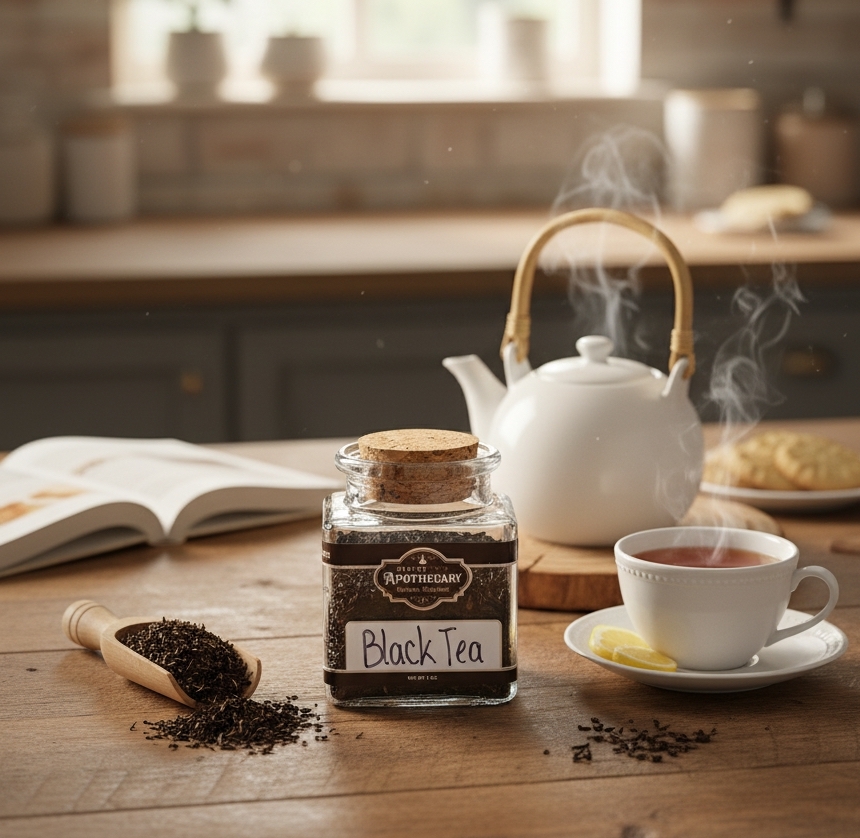
Profile: Fully oxidized, resulting in a dark color and a bold, malty flavor.
Common Blends: English Breakfast, Earl Grey, Chai.
Benefits: Excellent for energy, focus, and heart health.
Loose Leaf Green Tea
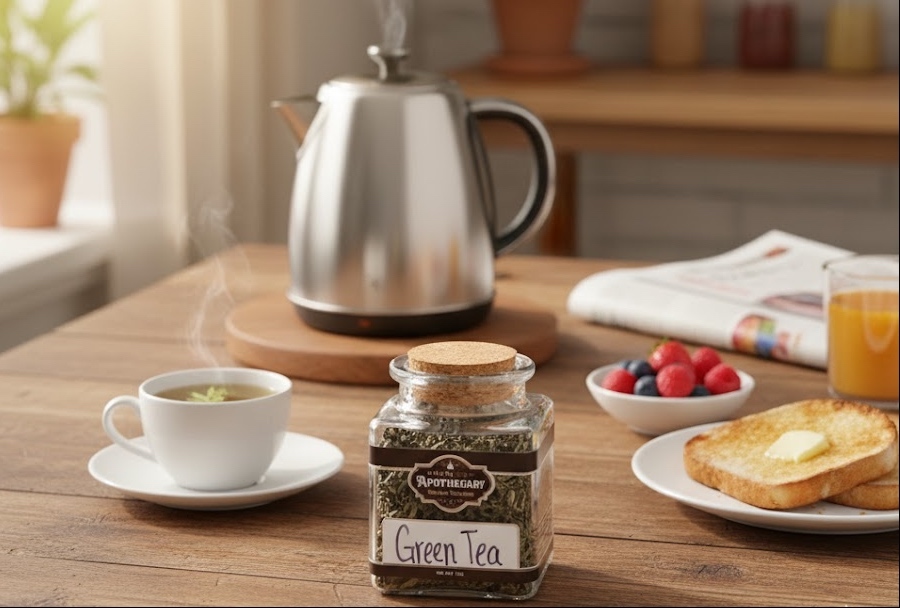
Profile: Minimally oxidized, giving it a lighter, sometimes vegetal, fresh taste.
Common Blends: Sencha, Jasmine.
Benefits: Known for high antioxidants, metabolism support, and brain health.
Loose Leaf White Tea
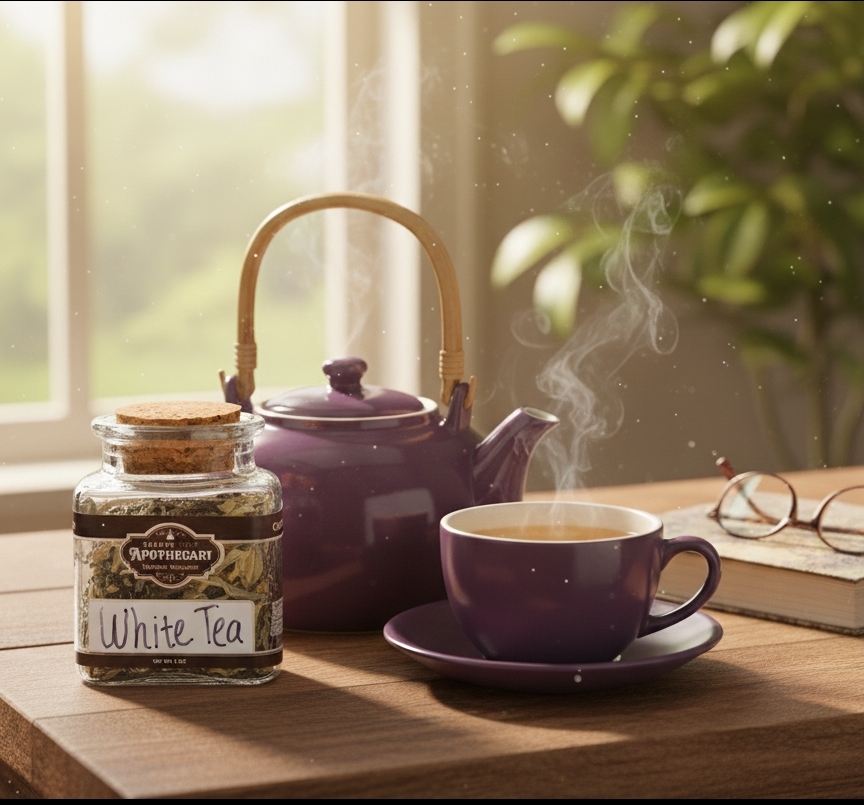
Profile: The least processed of the traditional teas, with a mild, delicate, and often sweet flavor.
Benefits: Highly praised for supporting a healthy heart and lowering blood pressure.
Loose Leaf Herbal Tea
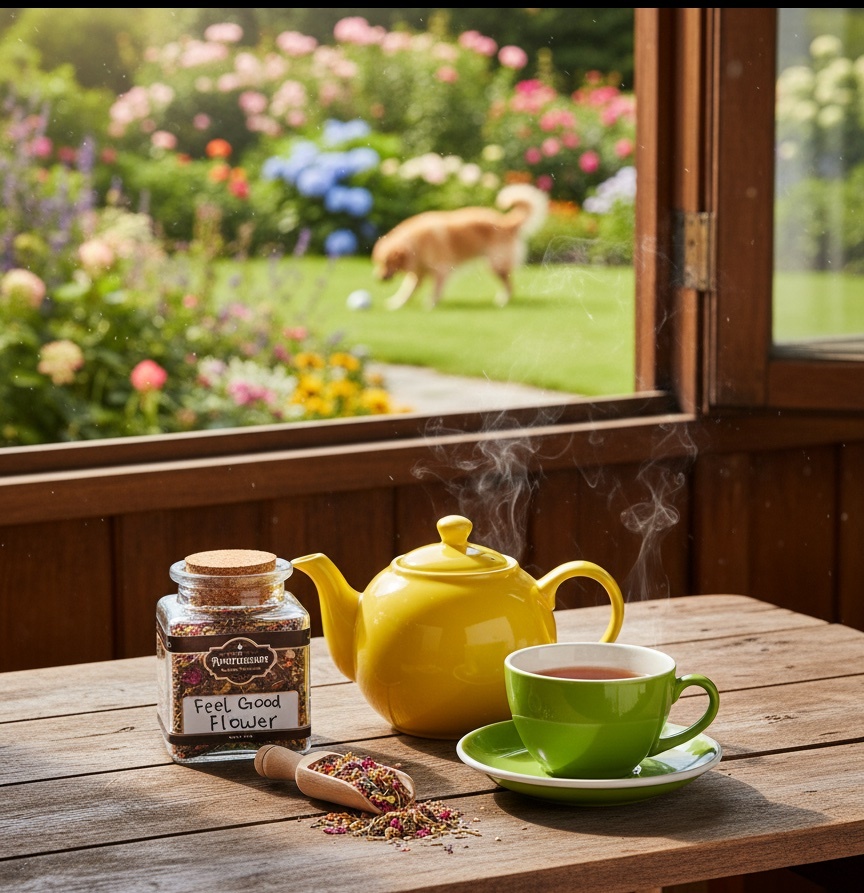
Profile: Any infusion not made from the Camellia Sinensis plant (the source of black, green, white, and oolong tea).
Common Blends: Chamomile, Peppermint, Rooibos.
Benefits: Varies greatly based on ingredients (e.g., Chamomile for sleep, Peppermint for digestion). Mostly caffeine-free.
Loose Leaf Oolong Tea
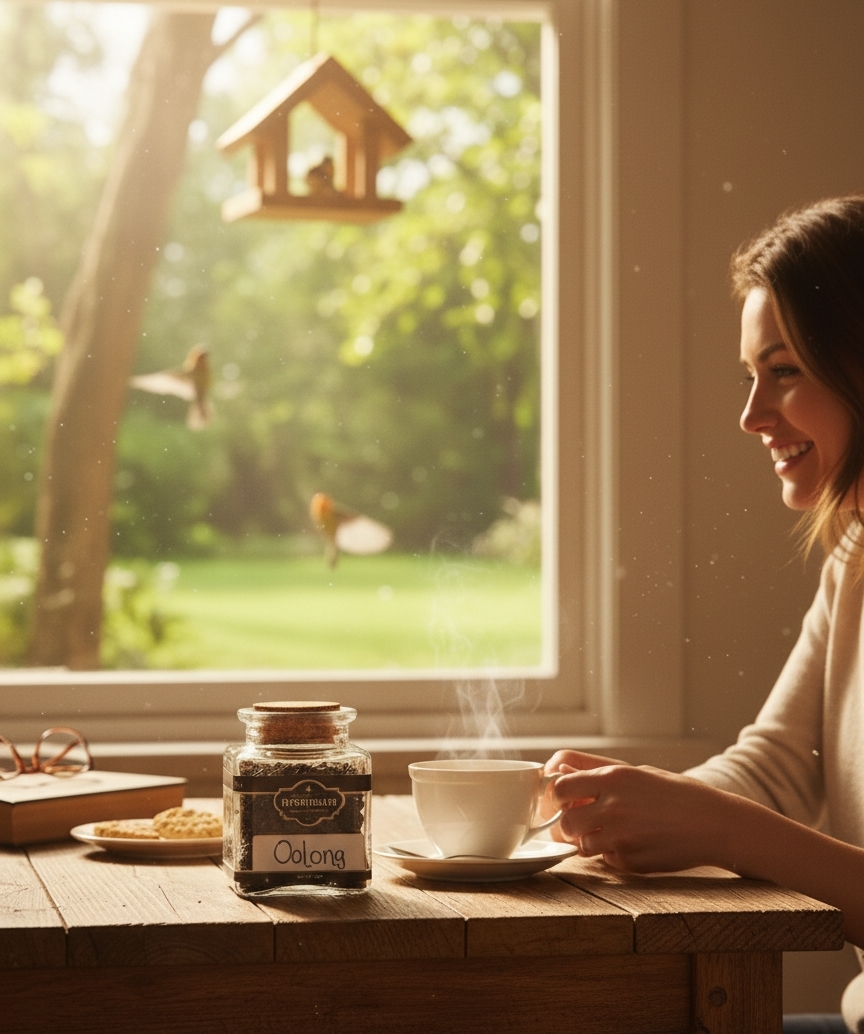
Profile: Semi-oxidized—it falls between green and black tea in color and flavor. It can be light and floral or dark and nutty.
Benefits: Associated with weight management, stress relief, and good digestion.
Ready to find your perfect brew? Explore our wide selection of hand-blended loose leaf teas and discover the quality difference today!
